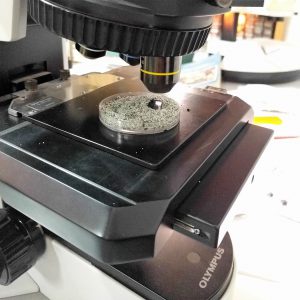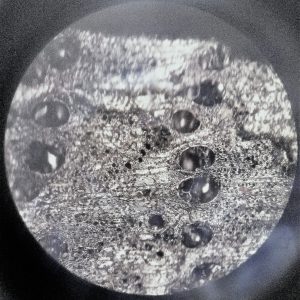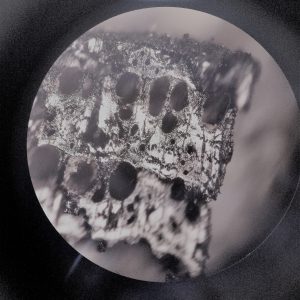
The team of the Laboratory of Vegetation History and Wood Anatomy (Department of Agriculture Sciences, University of Naples “Federico II”) is carrying out the first anthracological analyses, focusing on the archaeological and soil samples from the archaeological site of Cugnano and the paleostratigraphy of the river Pecora. Preliminary analysis were carried out on samples sieved by water with 4.0 and 2.0 mm sieves. Charcoal fragments, sorted in the fraction over 2.0 mm, were identified by an incident light microscope working between 100x and 1000x magnification referring both to wood atlases and to the reference collection of the Laboratory (Fig.1).
Charcoal analysis were preliminary carried out on ca 500 charred wood remains. The results showed the exploitation of the deciduous oak forest (Fig.2-3).
The river Pecora is located few hundreds meters to the NW of the archaeological site of Vetricella. The geoarchaeological survey showed different depositional environments and alluvial plain landscapes, indicating major changes and the presence of palaeochannels and palaeoswamps around between the 8th and the 11th centuries AD. Fire events are linked to the sediment-filling of the river. Charcoal analysis, carried out preliminary on ca 250 charred wood remains, suggests that the areas affected by fires were characterized by floodplain and thermophilous deciduous forests.




